Gaillardia Companion Plants: The Best Flowers To Pair With Blanket Flowers
Gaillardia Companion Plants: The Best Flowers to Pair with Blanket Flowers
Blanket flowers (Gaillardia) are a beautiful and versatile addition to any garden. They come in a variety of colors, including red, orange, yellow, and pink, and they bloom for most of the summer. Blanket flowers are also relatively easy to care for, making them a great choice for beginner gardeners.
One of the best things about blanket flowers is that they can be paired with a variety of other plants to create a stunning and colorful display. Here are some of the best companion plants for blanket flowers:
- Coneflowers (Echinacea): Coneflowers are another popular summer-blooming perennial. They come in a variety of colors, including purple, pink, and white, and they attract butterflies and other pollinators. Coneflowers and blanket flowers have similar growing requirements, so they make a great pair.
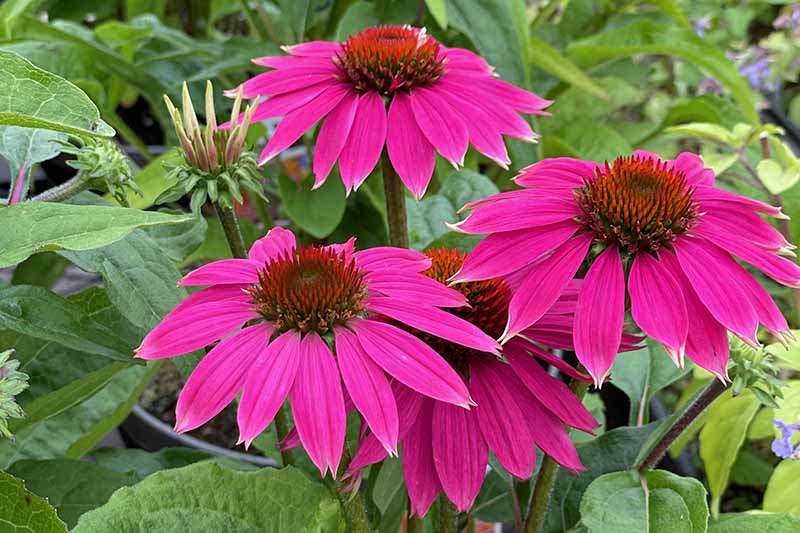
- Black-eyed Susans (Rudbeckia): Black-eyed Susans are a classic wildflower that is native to North America. They come in a variety of colors, including yellow, orange, and red, and they bloom for most of the summer. Black-eyed Susans and blanket flowers have similar growing requirements, so they make a great pair.
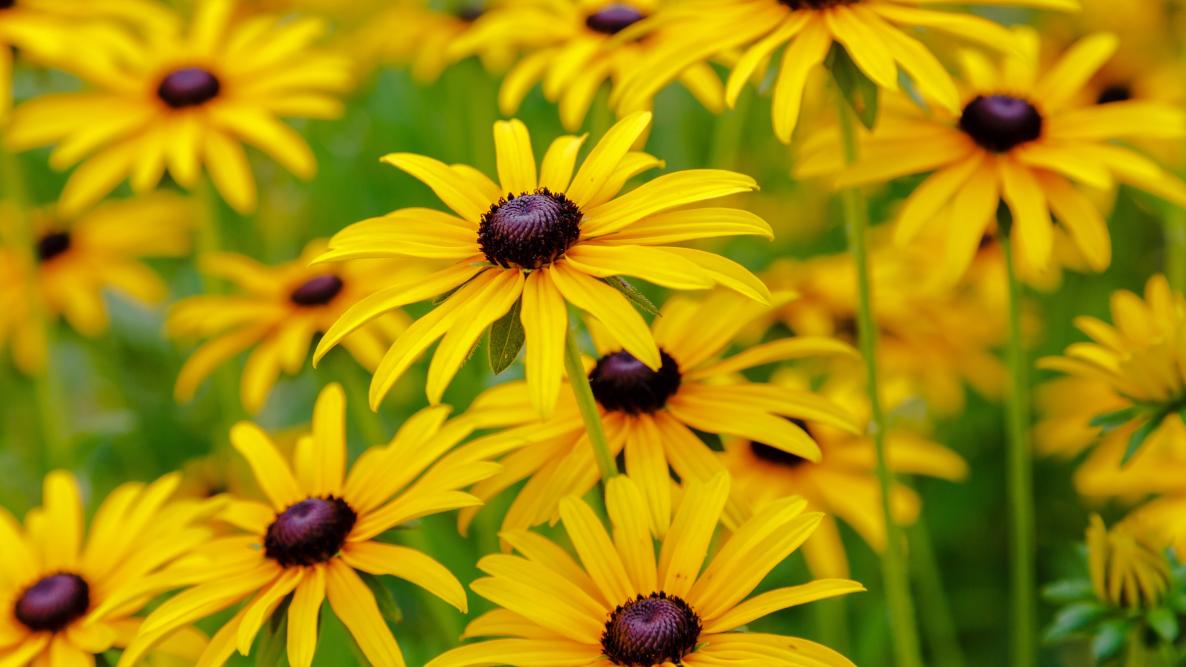
- Bee balm (Monarda): Bee balm is a beautiful and fragrant herb that attracts bees, butterflies, and other pollinators. It comes in a variety of colors, including red, pink, and purple, and it blooms for most of the summer. Bee balm and blanket flowers have similar growing requirements, so they make a great pair.
- Lavender (Lavandula): Lavender is a beautiful and fragrant herb that is native to the Mediterranean region. It comes in a variety of colors, including purple, pink, and white, and it blooms for most of the summer. Lavender and blanket flowers have different growing requirements, but they can be planted together in a sunny spot.

- Ornamental grasses: Ornamental grasses add height and texture to a garden, and they can also help to deter pests. Some good options for companion plants for blanket flowers include blue oat grass, fountain grass, and maiden grass.
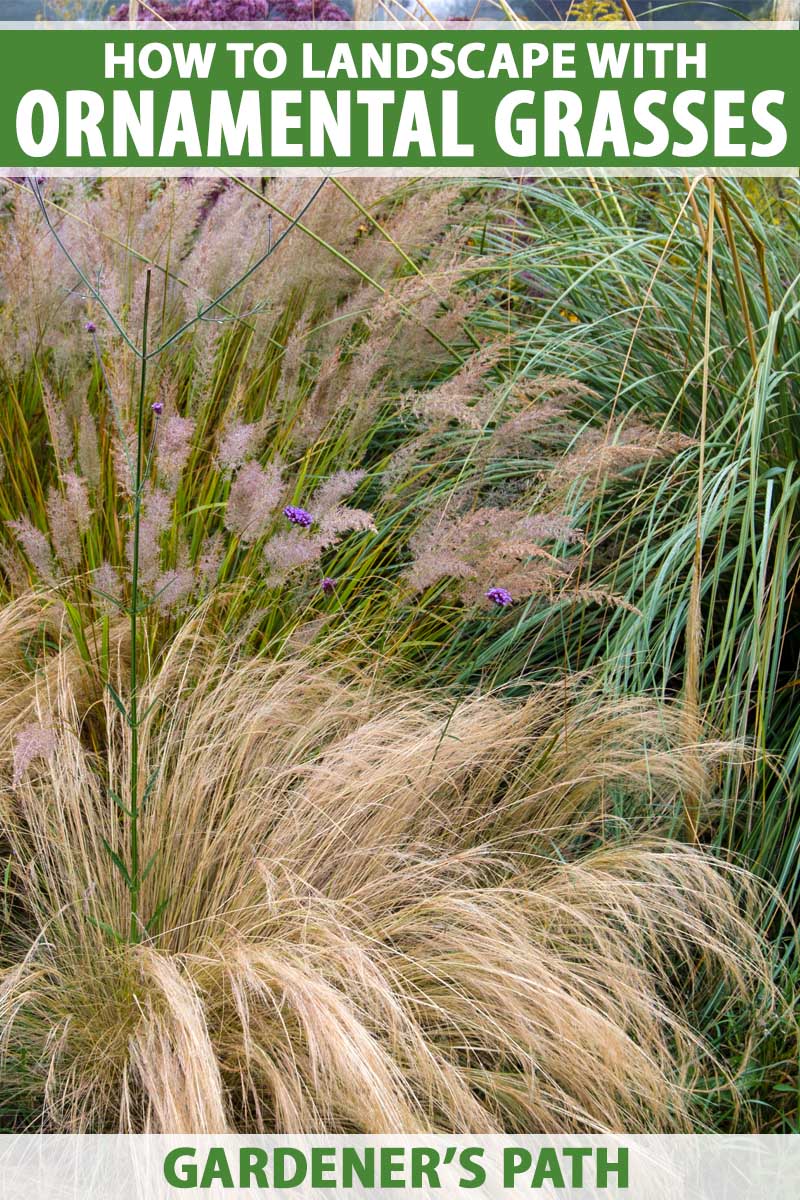
In addition to these plants, blanket flowers can also be paired with a variety of other flowers, such as zinnias, cosmos, sunflowers, and marigolds. When choosing companion plants for blanket flowers, it is important to consider the plants' height, bloom time, and growing requirements. By carefully selecting companion plants, you can create a beautiful and colorful garden that will attract butterflies, bees, and other pollinators.
Gaillardia is a beautiful and versatile flower that can add a splash of color to any garden. But did you know that there are certain plants that can help to enhance the beauty of your gaillardias even more?
That's where companion planting comes in. Companion planting is the practice of planting certain plants together to create a mutually beneficial relationship. When you plant gaillardias with the right companion plants, you can help to improve their health, boost their blooms, and attract more pollinators to your garden.
So, what are some good companion plants for gaillardias? Here are a few suggestions:
- Coreopsis: Coreopsis is a daisy-like flower that shares the same sun-loving and drought-tolerant qualities as gaillardias. They also have similar bloom times, so they will look great flowering together.
- Echinacea: Echinacea is another popular choice for companion planting with gaillardias. These two flowers have different bloom times, so they will provide interest in your garden all season long. Echinacea is also a great source of nectar for butterflies and other pollinators.
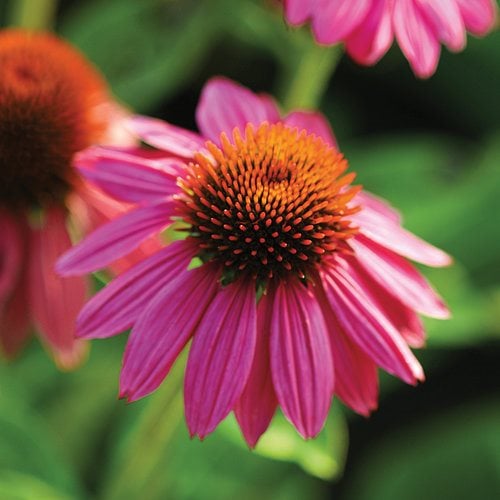
- Shasta daisies: Shasta daisies are a classic choice for companion planting with gaillardias. They have similar flower shapes and colors, so they will create a beautiful and harmonious display in your garden.
- Yarrow: Yarrow is a low-maintenance plant that is perfect for companion planting with gaillardias. It is drought-tolerant and deer-resistant, and it can help to deter pests from your garden.

These are just a few suggestions for companion plants for gaillardias. There are many other plants that can work well together, so be creative and experiment.
For more information about gaillardia companion plants, I recommend visiting Gardenia Inspiration. This website has a wealth of information on companion planting, including a list of plants that are compatible with gaillardias.
FAQ of gaillardia companion plants
Q1: What are some good companion plants for Gaillardia?
A: Gaillardia is a drought-tolerant perennial that can be grown in full sun. It's a good choice for attracting pollinators, such as butterflies and bees. Some good companion plants for Gaillardia include:
- Lavender: Lavender is another drought-tolerant plant that attracts pollinators. It also has a pleasant fragrance that can help to deter pests.
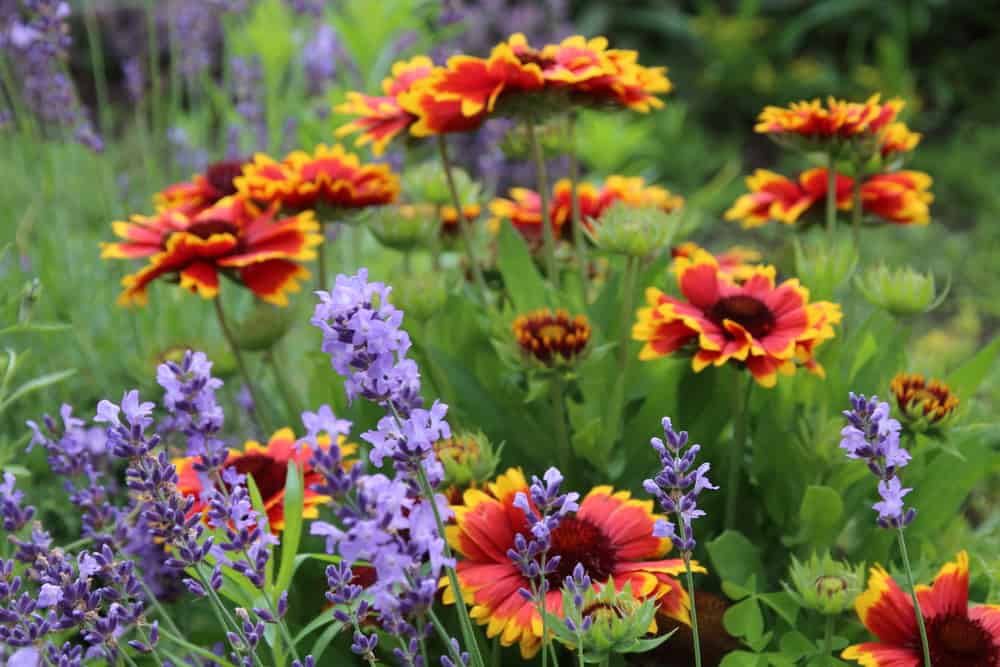
- Coneflower: Coneflower is a tall, upright plant that complements Gaillardia's shorter stature. It also blooms at the same time as Gaillardia, so you'll get a long season of color.

- Salvia: Salvia is a colorful and versatile plant that can be used in a variety of ways. It's a good choice for both borders and containers.
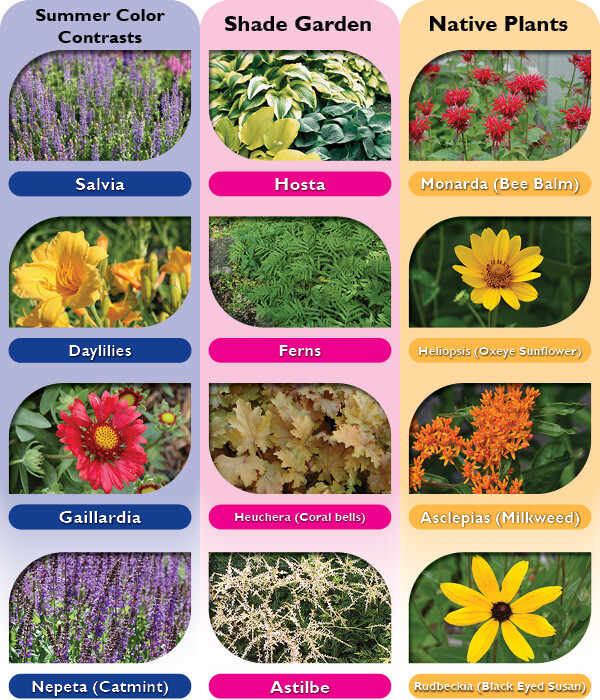
- Bee balm: Bee balm is a native North American plant that attracts pollinators. It has a long blooming season and can be used in a variety of ways, including as a groundcover or border plant.

- Ornamental grasses: Ornamental grasses add height and texture to a garden. They also help to deter pests. Some good ornamental grasses to pair with Gaillardia include blue oat grass, maiden grass, and zebra grass.

Q2: What are the benefits of companion planting with Gaillardia?
A: There are several benefits to companion planting with Gaillardia. These include:
- Attracting pollinators: Gaillardia is a magnet for pollinators, such as butterflies and bees. These pollinators help to pollinate other plants in the garden, which can lead to a better harvest.
- Decreasing pest problems: Some companion plants, such as lavender, can help to deter pests. This can help to reduce the need for pesticides, which can be harmful to the environment.
- Improving soil health: Some companion plants, such as ornamental grasses, can help to improve soil health. This can lead to healthier plants and a more productive garden.
- Creating a more visually appealing garden: Companion planting can help to create a more visually appealing garden. By pairing different plants together, you can create interesting textures, colors, and shapes.
Q3: How far apart should Gaillardia plants be spaced?
A: Gaillardia plants should be spaced 12-18 inches apart. This will give them enough room to grow and spread.
Q4: What is the best time to plant Gaillardia?
A: Gaillardia can be planted in the spring or fall. However, spring is the best time to plant Gaillardia, as it will give the plants time to establish themselves before the hot summer weather arrives.
Q5: How do I care for Gaillardia plants?
Gaillardia plants are relatively easy to care for. They need full sun and well-drained soil. They should be watered regularly, but they are drought-tolerant. Gaillardia plants can be divided every few years to keep them healthy and vigorous.
Image of gaillardia companion plants
- Zinnia: Zinnias are another daisy-like flower that blooms in a variety of colors, making them a great companion plant for Gaillardia. They also have similar growing conditions, so they will thrive together in the same garden bed.
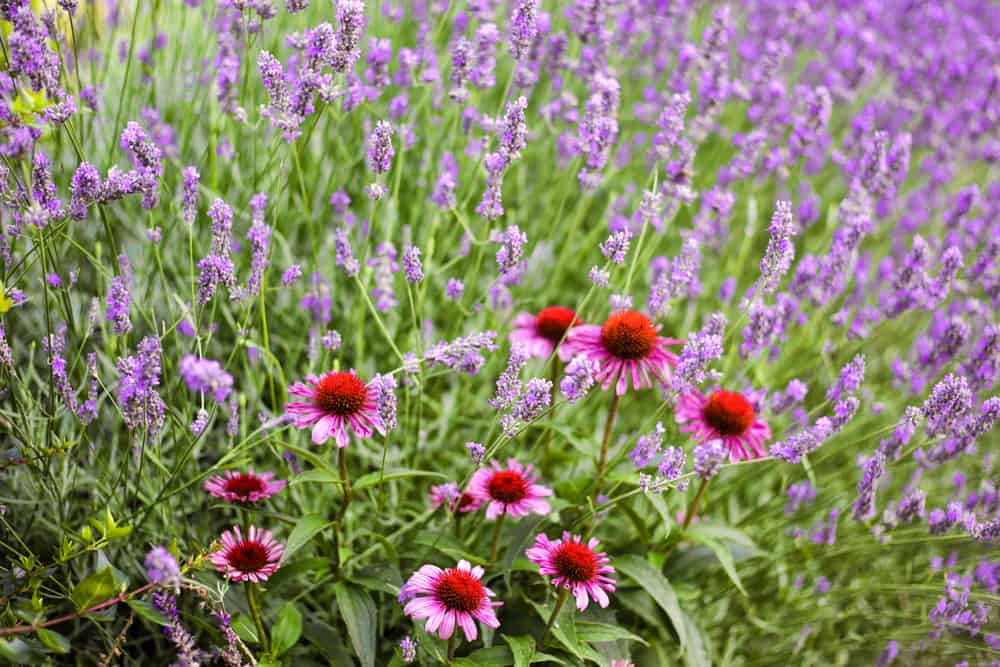
- Salvia: Salvias are a type of herb that comes in a variety of colors, including blue, purple, and pink. They are known for their fragrant flowers and attract butterflies and hummingbirds to the garden.

- Coreopsis: Coreopsis is a daisy-like flower that blooms in yellow, orange, and red. It is a low-maintenance plant that is drought-tolerant, making it a good choice for hot, dry climates.

- Echinacea: Echinacea is a spiky flower that blooms in pink, purple, and white. It is known for its medicinal properties and is often used to treat colds and flu.

- Coneflower: Coneflowers are another spiky flower that blooms in a variety of colors, including purple, pink, and yellow. They are a popular choice for pollinator gardens and attract butterflies, hummingbirds, and bees.

Post a Comment for "Gaillardia Companion Plants: The Best Flowers To Pair With Blanket Flowers"